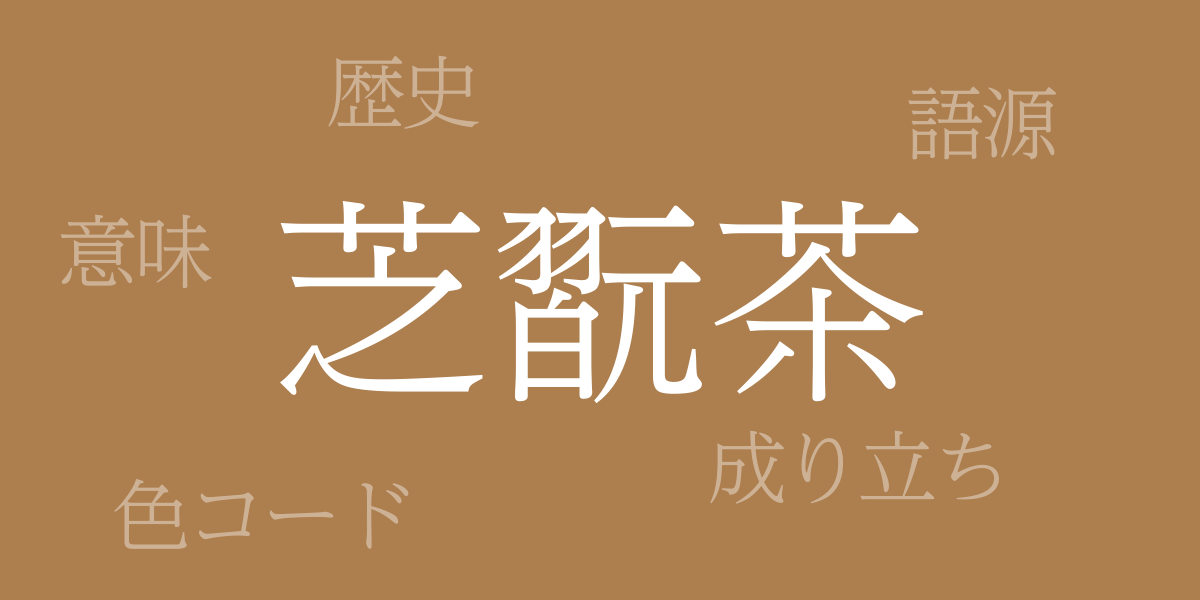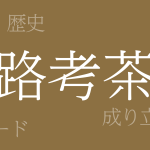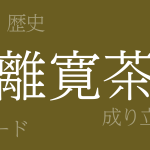Colors not only stir emotions and reflect cultures but also narrate the history of their lands. Japanese traditional colors, with their unique aesthetic and rich history, have enchanted people worldwide. Among these, “Shikan Cha” (芝翫茶 – しかんちゃ) stands out with its deep hues, symbolizing the essence of Japanese taste. This article delves into the allure of Shikan Cha, exploring the significance and history of this color, as well as its modern applications in design and art.
About Shikan Cha (芝翫茶 – しかんちゃ)
Shikan Cha (芝翫茶 – しかんちゃ) is a traditional Japanese color, a subdued green tinged with brown, often seen in Japan’s natural landscapes and traditional crafts. It possesses a unique astringency and depth, making it a popular choice for items symbolizing Japanese culture such as tatami mats and tea ceremony utensils. This color is indispensable in creating Japanese-style spaces, reflecting the spirituality and aesthetic sensibilities of the Japanese people.
The History of Shikan Cha
The name Shikan Cha originates from the Edo period kabuki actor, the third Ichikawa Danjuro, known privately as Shikan, who favored brown hues. His preference led to the naming of this color as Shikan Cha. Popular in the Edo era, this color conveys the color perception and lifestyle of the people of that time.
Shikan Cha Color Codes
Accurate color codes are essential for reproducing Shikan Cha in digital designs and prints. Below are the color codes representing Shikan Cha:
- HEX: #AD7E4E
- RGB: R:173 G:126 B:78
- CMYK: C:40 M:56 Y:75 K:0
Western Name for Shikan Cha
In the West, Shikan Cha is often directly translated as “Shikan Cha,” but it can also be referred to as “Olive Drab” to convey its nuanced hue. This color, used in military gear and outdoor equipment, illustrates its practicality and aesthetic value in a globally understood language.
Conclusion on Shikan Cha
Shikan Cha embodies Japanese tradition and culture and continues to be cherished by many. Its rich hue is valued not only in traditional Japanese settings but also in contemporary fashion and design. Through this article, we have gained insights into the history and meaning of Shikan Cha’s colors, deepening our appreciation for its beauty. Incorporating traditional colors like Shikan Cha into everyday life can lead to new discoveries and inspirations.

























